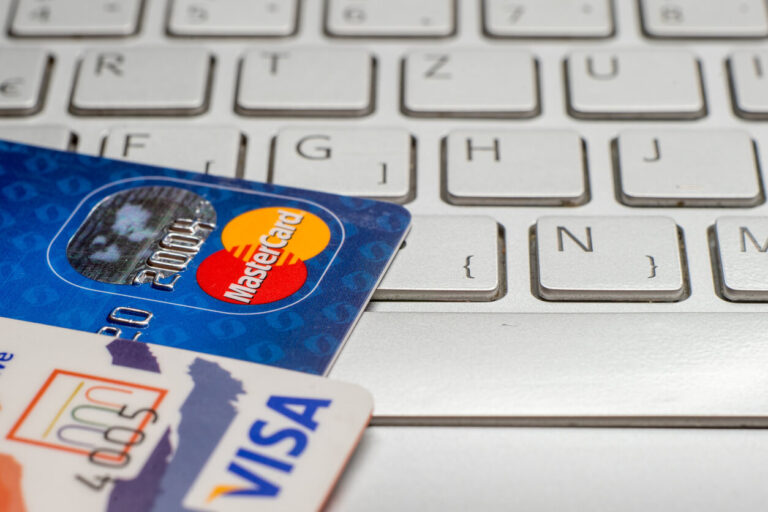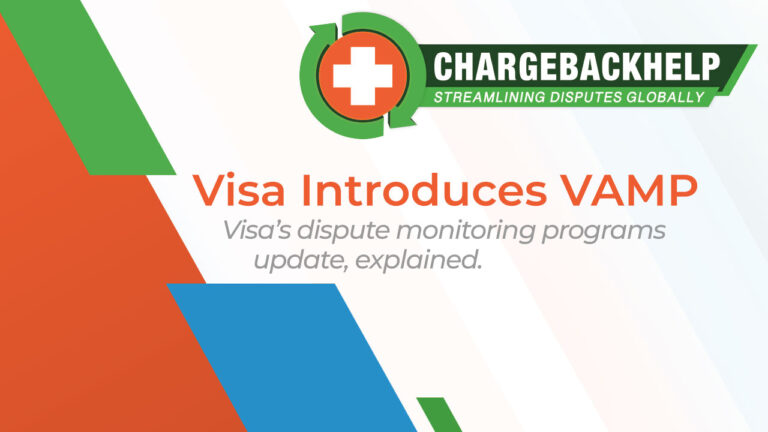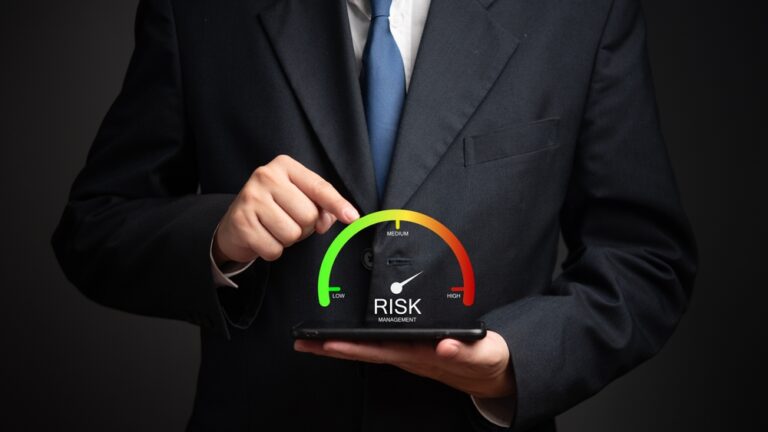Takeaways From NFIB’s Updated Chargeback Guide

“As a small business, credit card transactions are essential to ensure a convenient experience for your customers. Unfortunately, credit card transactions are subject to chargebacks that are not only frustrating, but hurt your bottom line.” – NFIB Chargeback Guide
The above sums it up. Credit and debit cards can be great for both customers and small businesses, reducing friction and making transactions easier. However, credit cards incur costs as well. Beyond payment processing fees, merchants need to watch out for chargebacks as they can have a big financial impact. The National Federation of Independent Business recently published its 2024 Credit Card Chargeback Guide that businesses can use to mitigate chargebacks. We encourage you to check the full guide out but we’ll cover some of the most important points below.
Chargebacks Are “Triple Loss” Threats
One of the most important points NFIB makes is that a chargeback is a “triple loss” threat: a merchant will lose (1) revenue from the sale, (2) will have to pay chargeback fees, and (3) will also lose inventory. Ultimately, chargebacks can be immensely expensive and cost much more than the disputed revenue, which is why they are such a grave threat to businesses.
You could argue that chargebacks are, at least, a quadruple threat because you will have to expend a lot of labor managing them as well. Fortunately, ChargebackHelp offers a variety of tools that make it easier to prevent, fight, and manage chargebacks.
The Three Causes of Chargebacks
NFIB notes that there are three causes of chargebacks:
- Third-party fraud– Meaning someone uses stolen credit cards or credit card data to make a purchase, then the legitimate cardholder files a chargeback to claw back their money.
- Friendly fraud– The cardholder him or herself uses the chargeback process illegitimately to score free goods and services. Unfortunately, this type of fraud has become quite common. This fraud is also known as first-party fraud.
- Merchant error- The merchant falls short in some way. This could mean double billing a customer by accident, using vague billing descriptors, or failing to fulfill an order, among other things.
Tips for Going Through the Representment Process
Ideally, merchants will avoid chargebacks. Still, even if you prioritize chargeback prevention, you’re likely to get hit with at least some chargebacks. Fortunately, you can dispute chargebacks in the representment process. NFIB offers some steps for managing the representment process and we suggest you follow them closely.
- Respond ASAP- If you miss deadlines while fighting chargebacks, you’ll lose the dispute. ChargebackHelp’s tools make it easier to hit deadlines.
- Compile evidence- If you’re going to win a Chargeback dispute, you’ll need evidence proving that you held up your end of the deal.
- Draft a rebuttal letter- Evidence alone isn’t enough. You will need to make a compelling argument in your rebuttal letter.
If the merchant loses the first round of the chargeback dispute, they can go through representment again. However, the merchant is unlikely to win unless they can put forward new and compelling evidence. Should the merchant lose this next dispute but want to pursue the case further still, they can ask the card network (such as Visa or Mastercard) to step in and arbitrate. Even after arbitration, if the merchant still wants to pursue the case further, they can turn to the debt collection process.
Chargeback Prevention Tips Offered by NFIB
As we mentioned earlier, it’s better to prevent chargebacks when possible. Fortunately, NFIB offers several tips for doing so.
- Update your merchant name- One of the biggest causes of unintentional chargebacks is using a name that customers won’t recognize when reviewing their credit card statements. Make sure the name that shows up on these statements matches the name and brand customers are familiar with.
- Have a clear return process- If you don’t offer returns or make returns difficult, many customers will simply turn to their bank for a chargeback. From the customer’s point of view, a chargeback functions like a return since they get their money back.
- Provide accurate details on your website- Online merchants need to make sure that product pages are accurate. If the product page doesn’t match the product, you may fall short of customer expectations, which can drive up chargebacks.
- Keep thorough records- You want to gather as much information as possible, including shipping data, receipts, and any communications with the customer.
There are many other things you can do to prevent chargebacks. With chargeback alerts, for example, you’ll be given a warning before chargebacks are filed. Then you can try to resolve the issue before the chargeback becomes official. You should also use secure payment gateways. Setting up two-factor authentication, including systems like 3D Secure, can also go a long way.
ChargebackHelp makes it easier to prevent, manage, and combat chargebacks. If you want to learn more about how you can reduce chargebacks, feel free to reach out to our team of chargeback experts.






